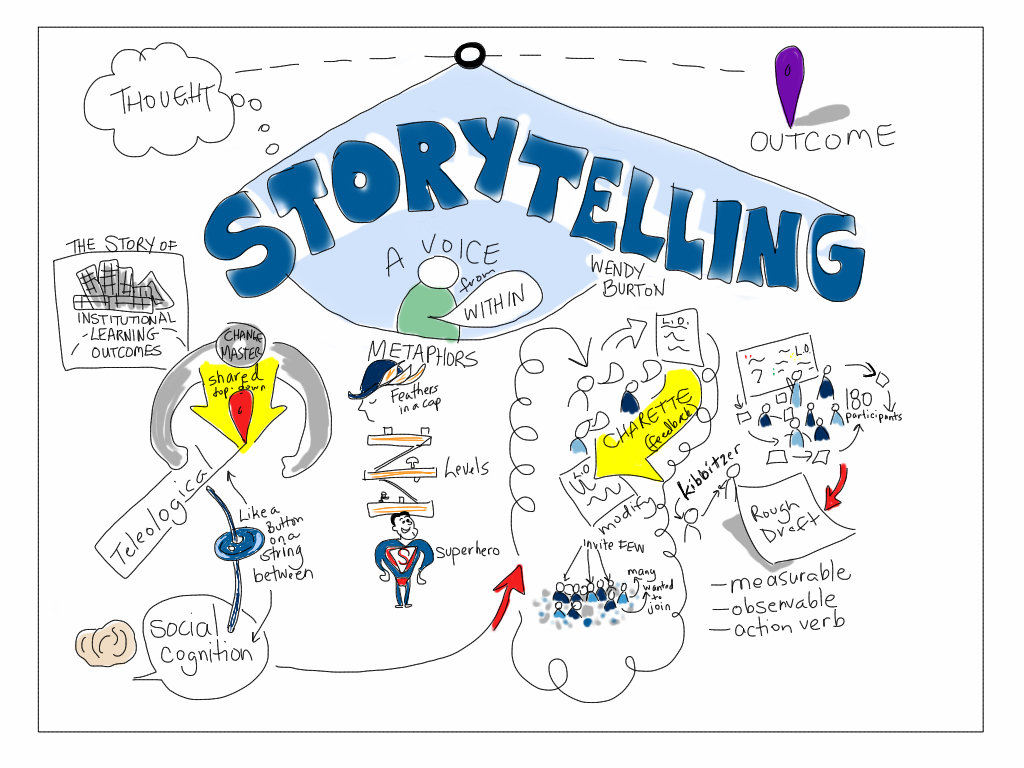


When one of your supporters thinks of children in need, the emotional connection they have to your story reminds them of your organization’s work. The goal is to keep your story and organization top of mind.įor instance, if your organization’s mission is to improve the health and well-being of children, you’ll want to connect that idea with the characters in your story! But remember, stories that make an impression feature memorable characters readers or viewers can identify with. The characters we place in our stories will be perceived in various ways by different audiences. In this article, we’ve discussed the importance of making a connection with your audience so you can inspire them to support your cause.Īnd you can create more engaging content by understanding the individuals whose stories shape our culture, our present, and our future. Of the several personality archetypes, three apply most to nonprofit storytelling: the caregiver, the explorer, and the creator. And every character fits a certain archetype.

READ MORE: Are you making these fundraising communications mistakes?Įvery story has a character. Your audience will be more ready to engage when you invite them into your reality with powerful, emotional visual storytelling. However, disrupting the norm with something that overwhelms the senses can trigger an someone to act. Sometimes we avoid using imagery that makes us feel sad or uncomfortable. Visuals like this invite us in for a sensory experience.Īnd when you’re soliciting support for your organization, you need to inspire your audience! The ones you can somehow smell in the air and feel on your skin. This isn’t always the perfectly pristine photo, but rather the nitty-gritty and beautifully flawed, majestic images. The best way to do this is to make your audience feel something and feel it intensely.Īnd visual storytelling is the fastest, most effective way to do it! So, the point is to cut through the excess and inspire. We take in so much information so quickly, but how often does something really capture your attention?Īs communicators, we’re constantly fighting to cut through the clutter. Think about the way you scroll through your newsfeed on social media. The world is a noisy place, and it’s harder to make your message stand out than ever before. These principles will help you tap into the emotion, identity, and core values your audience and organization share. So, this post will outline the four pillars of visual storytelling: authenticity, sensory, relevancy, and archetype. Visual storytelling raises awareness for your cause, builds trust with your audience, and inspires donors to help achieve your goals! And using powerful visuals that reflect why your work matters will engage your audience on an emotional level. And that’s why mastering the four principles of visual storytelling is so important when you rely on messages, not products, to support your work.Īs a nonprofit professional, you already know effectively communicating your mission and why it so important is essential. The way things look play a huge part in how we experience the world. So, in the age of highly visual storytelling and digital communications, the adage a picture is worth a thousand words has never been more true! We start comprehending messages before words are read or spoken based on what we see. There’s a lot to be said about first impressions.


 0 kommentar(er)
0 kommentar(er)
